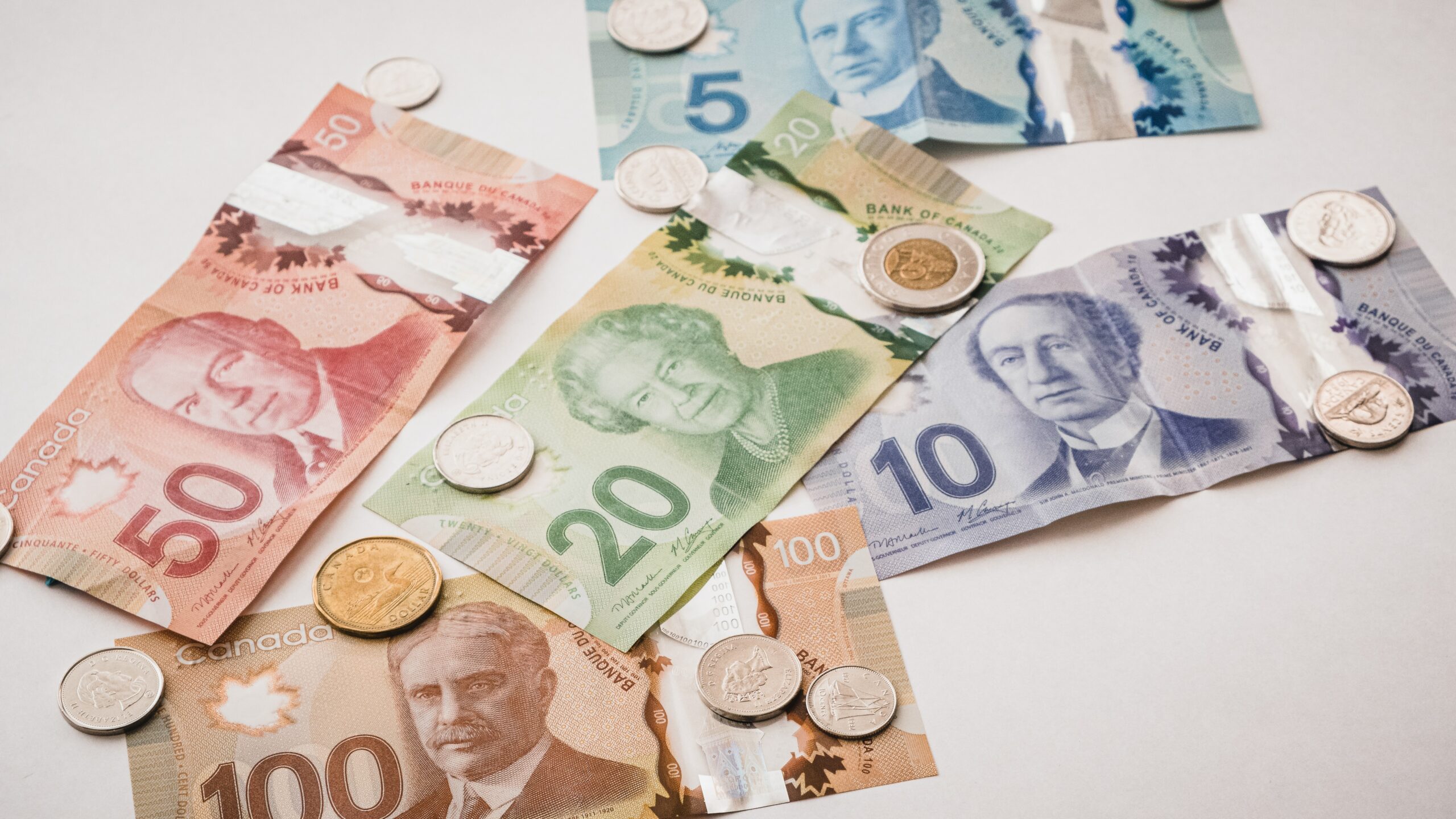
Program Overview
The federal government introduced the Canada Emergency Business Account (CEBA) in April 2020 as part of its COVID-19 pandemic relief initiatives. CEBA program initially offered interest-free loans of up to $40,000, to eligible small businesses or not-for-profit organizations. Eligible CEBA loan holders were later offered an expansion of up to $20,000 (i.e., for a total CEBA loan of up to $60,000). CEBA offers certain borrowers partial loan forgiveness if the loan is repaid by a specific deadline set by the government. The government has since extended related deadlines twice.
Nearly 900,000 businesses have benefited from the CEBA loan program. And now, it’s important for those businesses to understand the repayment terms.
What are the repayment terms for the $40,000 and $60,000 loan and the $20,000 expansion?
Eligible CEBA loan holders in good standing have the following repayment terms:
Interest:
- 0% per annum interest until January 18, 2024
- 5% per annum interest starting on January 19, 2024; interest payment frequency may vary by financial institution
Repayments & Maturity:
- No principal repayment required before January 18, 2024; if loan remains outstanding on January 19, 2024, it will convert to a non-amortizing term loan with full principal repayment due on December 31, 2026
Debt Forgiveness:
- If the outstanding principal, other than the amount of potential debt forgiveness, is repaid by January 18, 2024, the remaining principal amount will be forgiven
- If you have submitted a refinancing loan application to the financial institution that provided your CEBA loan by January 18, 2024 but require a grace period in order to finalize the payout of your CEBA loan, you can still qualify for partial loan forgiveness if the outstanding principal of your CEBA loan, other than the amount of potential debt forgiveness, is repaid by March 28, 2024
If you borrowed more than $40,000 and up to $60,000:
If you received a $40,000 loan and subsequently received the $20,000 expansion, the terms of your forgiveness have changed and are described here.
Repaying the outstanding balance of the loan (other than the amount available to be forgiven) on or before January 18, 2024, will result in a single tranche of loan forgiveness up to $20,000 based on a blended rate:
- 25 percent on the first $40,000; plus
- 50 percent on amounts above $40,000 and up to $60,000.
Scenario 1:
Maximum Amount Borrowed: $60,000
Amount Repaid By January 18, 2024: $40,000
Available Forgiveness: $20,000 ($40,000 x 25% + $20,000 x 50%)
Scenario 2:
Maximum Amount Borrowed: $60,000
Amount Repaid By January 18, 2024: $35,000
Available Forgiveness: $0
Scenario 3:
Maximum Amount Borrowed: $40,000
Amount Repaid By January 18, 2024: $30,000
Available Forgiveness: $10,000 ($40,000 x 25%)
Scenario 4:
Maximum Amount Borrowed: $40,000
Amount Repaid By January 18, 2024: $25,000
Available Forgiveness: $0
Is the forgivable portion of your CEBA loan subject to taxation?
The forgivable portion of your CEBA is subject to income tax. It should be reported as part of your income in the fiscal year in which you receive the CEBA loan, rather than when you become eligible for forgiveness. If, at a later point, you are unable to qualify for forgiveness of this amount, you have the option to deduct it on your tax return once the loan is repaid.
Conclusion
Canadian business owners should be planning for the loan repayment now to ensure the funds are available to meet the deadline later this year. Business owners who anticipate being unable to repay the loan by Jan 18, 2024, should consider approaching potential lenders now to secure funding and avoid having to repay the full amount of the loan. If you have any questions regarding your CEBA loan, please speak with one of our tax specialists in Surrey, BC to ensure you are compliant with the requirements related to your CEBA loan forgiveness and taxable income.
Source: https://ceba-cuec.ca/ceba-faq/
